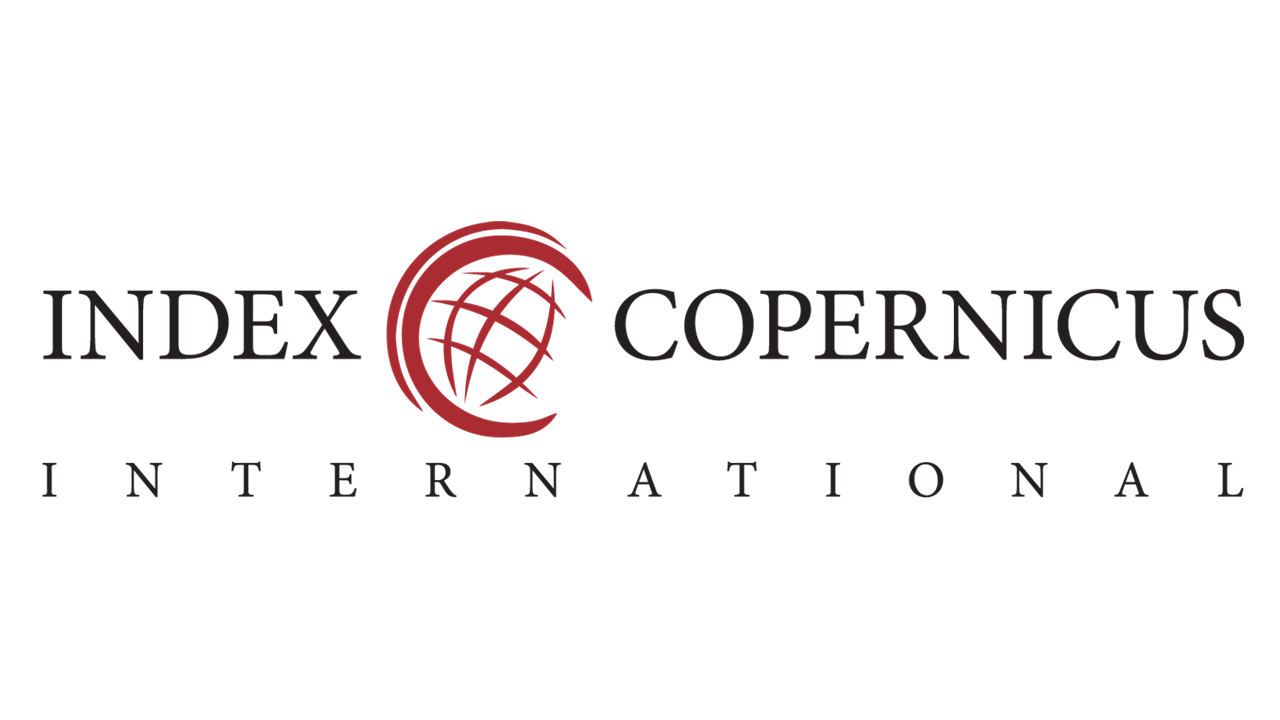CONTEMPORARY CROSS-STRAIT RELATIONS: A GLANCE AT THE PAST AND THE NEW RISING NATIONAL IDENTITY
DOI:
https://doi.org/10.31315/jsdk.v10i1.2595Abstrak
Ever since Tsai Ing-wen came to power, the relations between People’s Republic of China and Taiwan, also known as the Republic of China, has been hitting a new low point. Now, China’s domineering stance towards the small island across the strait is stronger than ever. Before Tsai Ing-wen, under the rule of Kuomintang (KMT) the situation was not like this, it was calmer and more cooperative. The regime change brought about major changes towards Taiwan’s stance and opinion towards China. It is very important to understand what the main cause of this turning point is. This article looks back at the history between KMT and the now reigning party, Democratic Progressive Party (DPP) to explain this phenomenon and has found that there is a fundamental difference between the two. Using the Social Identity Theory, this article tries to explain the difference between KMT’s and the DPP’s point of view on the Cross-Strait Relations. DPP has long viewed Taiwan as an independent nation, dating back to 1999 when the ‘Resolution on Taiwan’s Future’ was written. Now, as the elected president is from the DPP, their resolution is on full swing.
Unduhan
Diterbitkan
Terbitan
Bagian
Lisensi
1. Copyright of this journal is possession of Editorial Board and Journal Manager, by the knowledge of the author, whilst the moral right of the publication belongs to the author.
2. The legal formal aspect of journal publication accessibility refers to Creative Commons Atribusi-Non Commercial-No Derivative (CC BY-NC-SA), implies that publication can be used for non-commercial purposes in its original form.
3. Every publication (printed/electronic) are open access for educational purposes, research, and library. Other than the aims mentioned above, editorial board is not responsible for copyright violation










